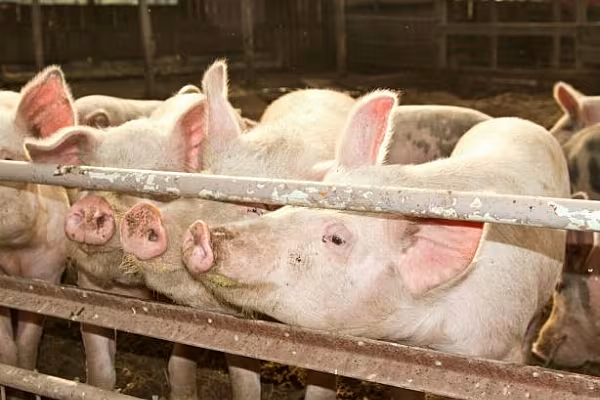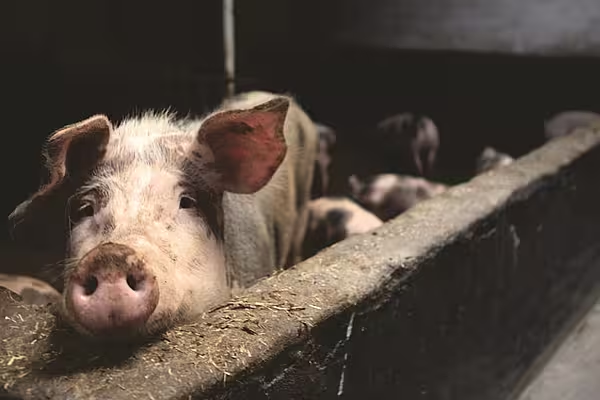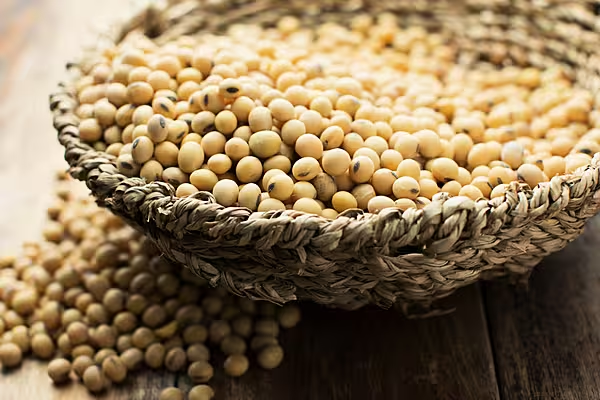Some Chinese pig farmers are adjusting expansion plans or putting planned projects on hold because of a glut in the market that led to hog prices hitting an eight-year low last month.
Two medium-sized companies have told Reuters they have either reduced expansion plans or are holding off on future expansion of breeding pigs, while an industry analyst said some small farmers have already begun slaughtering sows.
The moves are the latest sign that years of frenzied investment to boost hog production has been overdone, with output well beyond stagnating domestic demand at a time when global pork supplies are already at record levels.
"Demand is not keeping up with the pace of production growth," said Pan Chenjun, senior analyst at Rabobank.
Pork Giant
China is the world's biggest producer and consumer of pork, and the domestic glut is already having repercussions on the global market. A surge in China's supply of pigs pushed hog prices to eight-year lows in mid-March.
That reduces demand from exporters like the United States, where hog numbers recently hit record levels, driven by expanding processing capacity.
Slower expansion in China may not necessarily help U.S. farmers, after Beijing recently slapped tariffs on imports of U.S. pork.
"The market right now is pretty pitiful," said Thomas Titus, a hog farmer in Elkhart, Illinois.
In China, hog prices are hovering around 10 yuan ($1.59) per kg in major production provinces of Henan, Hebei and Shandong, as well as the north-east, where expansion has been fastest.
At the same time, feed prices have been high for much of the past year amid tighter supplies of Chinese corn and strong soymeal prices. Feed can account for as much as 80 percent of production costs in Chinese pig farms.
With farmers now losing as much as 190 yuan per pig by the time it is slaughtered, Beijing this month called for more "rational" production as the situation hit a "warning zone" .
Yin Pingan, chairman of Chongqing Riquan Animal Husbandry Co Ltd, said he plans to finish five new breeding farms already under construction.
But he will wait to see how the market develops before adding another 60,000 sows to his herd next year, as originally planned.
"Those (farms) we haven't started, we'll slow down. We'll watch the situation before deciding whether to build or not," he told Reuters by phone.
Trade War
An executive at another company that has recently moved into pig farming said it now planned to add only another 10,000 sows to the current 60,000 head. Previous plans were targeting around 40,000 more sows this year.
"The price will not improve before the end of the year," the executive said, declining to be identified because of the sensitivity of the matter.
For now, Chinese hog prices are set to remain at a low level, an official warned on Tuesday, although some farmers have already begun slaughtering sows, which could help support the market in coming quarters.
But an escalating trade war between China and the United States may trigger a faster recovery. If Beijing implements high tariffs on soybeans imported from the United States as threatened, feed costs will soar and drive more farmers out of the business, said Pan, the analyst at Rabobank.
On Tuesday, China imposed an effective 178.6 percent duty on imports of U.S. sorghum, another grain that is used in feed.
The high feed costs could tighten hog supplies as early as the second half of this year, supporting domestic prices and cheaper imports.
Still, the largest pig producers say they will keep growing, despite losses.
New Projects
In an online briefing with analysts this month, Lin Jianxing, chief financial officer of top Chinese pig producer Guangdong Wens Foodstuff Group Co Ltd , said the firm would complete new projects producing an additional 5.6 million pigs this year.
It will also start building farms with capacity to produce another 6 million pigs in order to "establish as fast as possible advantages of scale in new areas".
"Large companies know they will make losses this year and next year, but when the market is down, it's a good time to expand," said Pan.
News by Reuters, edited by ESM. Click subscribe to sign up to ESM: The European Supermarket Magazine.














